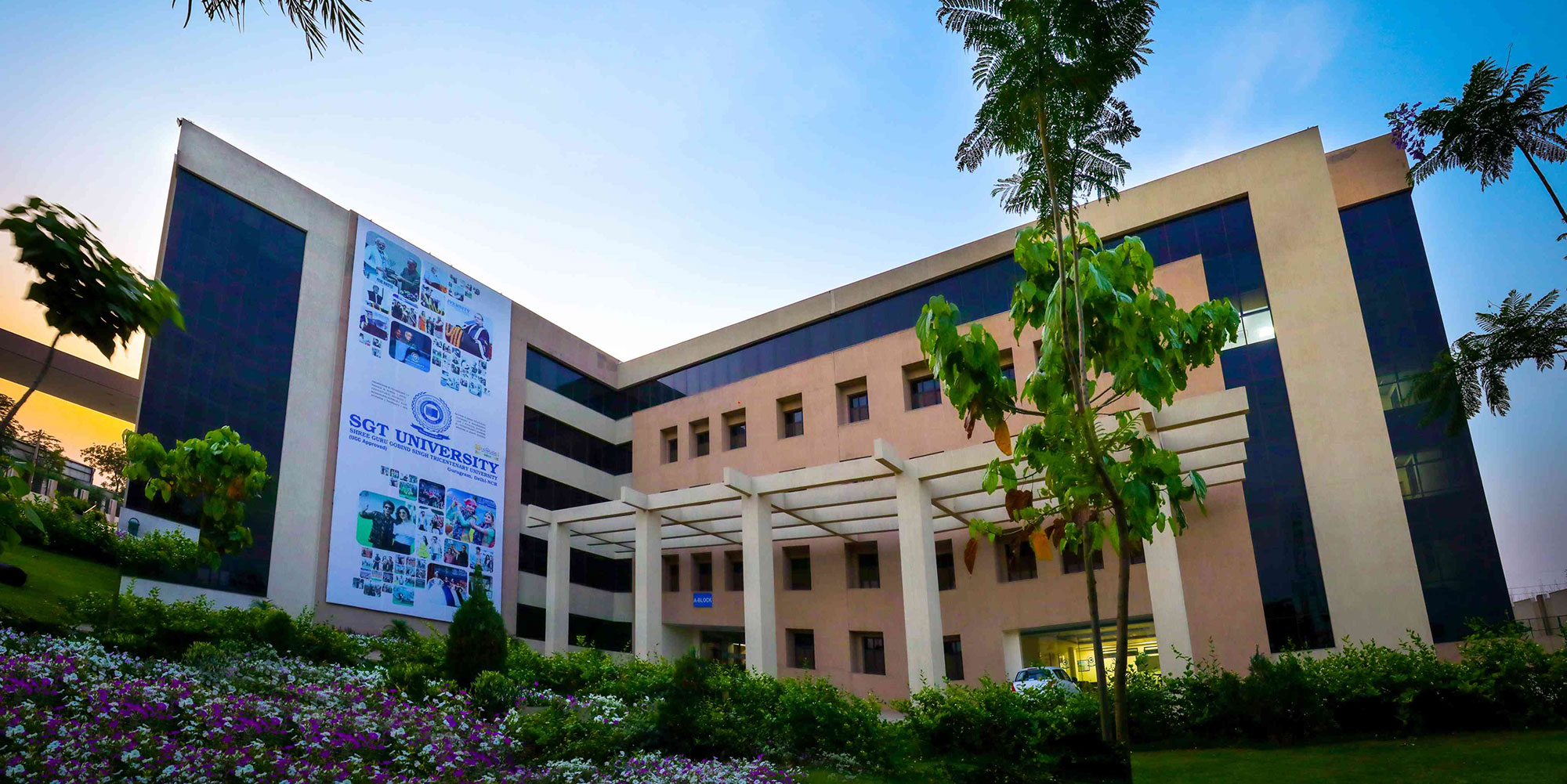The Seamless Integration of Technology in the Inclusive Classroom – Empowering Education
Updated on: May 09, 2024
In today’s rapidly evolving educational landscape, technology integration has become a cornerstone of progressive teaching methodologies. Nowhere is this more evident and impactful than in the inclusive classroom, where diversity in learning styles and abilities is celebrated. The infusion of technology into inclusive education not only addresses the unique needs of students but also paves the way for a more engaging and supportive learning environment.
Technology allows for implementing personalized learning experiences, accommodating various learning styles and preferences. Adaptive learning platforms, for instance, can dynamically adjust content and pacing to suit individual student needs, fostering a truly inclusive educational experience. The integration of assistive technology transforms challenges into opportunities. Screen readers, speech-to-text software, and alternative keyboards empower students with disabilities, ensuring they can fully participate in classroom activities. This enhances their learning experience and promotes a sense of inclusivity.
The SGT University believes that technology has the potential to break down physical barriers, fostering collaboration among students irrespective of their locations. Platforms like Google Workspace and Microsoft Teams facilitate real-time collaboration, enabling inclusive group work and fostering a sense of community among diverse learners. The university equipped with state-of-the-art infrastructure such as smartboards and interactive whiteboards transforms traditional classrooms into dynamic, interactive spaces. These tools engage students with varied learning styles, providing a multisensory experience that caters to both visual and auditory learners. The university follows the principles of Universal Design for Learning (UDL) and ensures that educational materials and activities are designed to meet the needs of all students. Learning management systems supporting UDL principles enable educators to create flexible, accessible content, making learning more inclusive for everyone.
Effective communication is a key aspect of SGT University in adopting and promoting an inclusive setting. Utilizing accessible communication tools, such as those supporting voice and video messages, ensures that all students, including those with communication difficulties, can participate actively in discussions and stay connected with their peers and educators. The successful integration of technology in the inclusive classroom requires digitally literate educators. The university provides professional development opportunities to empower teachers to stay abreast of the latest technologies and inclusive teaching practices. Collaborative learning environments can facilitate the sharing of experiences and strategies among faculty working in the university.
The integration of technology in the inclusive classroom represents a paradigm shift in education, moving towards a future where every student’s unique ability and learning styles are not just accommodated but celebrated. As educators, parents, and policymakers continue to embrace the potential of technology, we are witnessing the dawn of a more inclusive and empowering era in education, where every learner has the tools, they need to succeed on their terms.
Dr. Sarfaraz Equbal
Assistant Professor
Department of Special Education
Faculty of Education
SGT University, Gurugram

